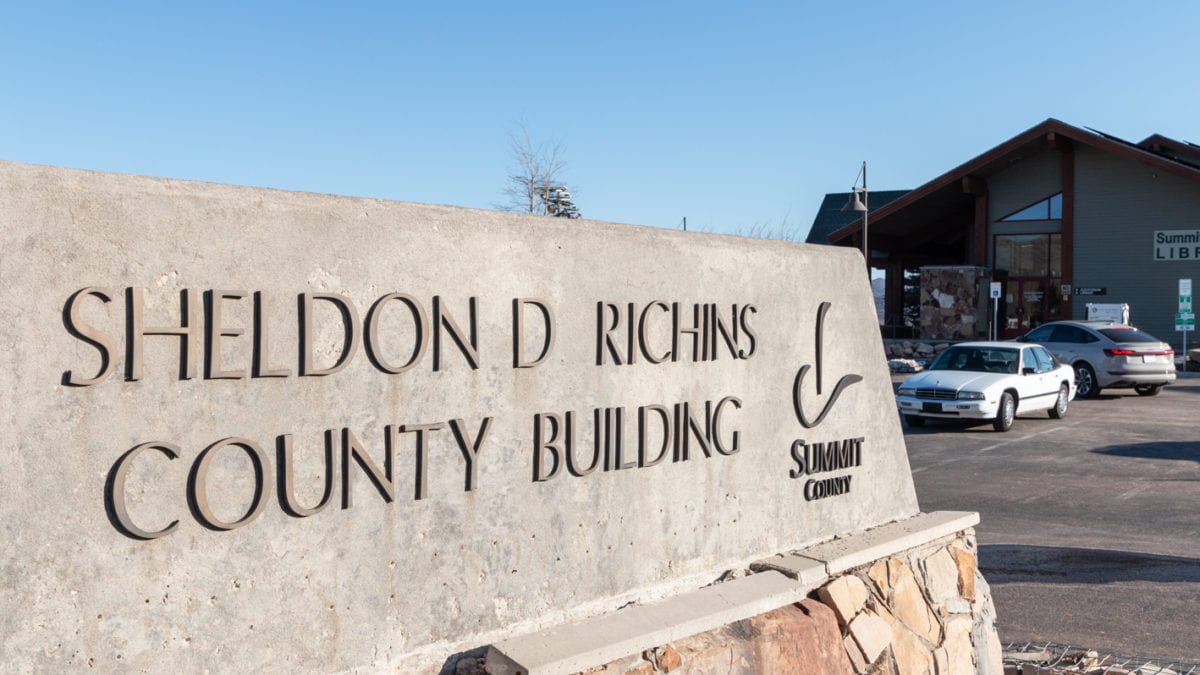Community
Basin Rec trail usage has not returned to pre-pandemic levels

Trail usage by individuals that live more than 10 miles from Basin Recreation trailheads has decreased slightly in recent years. Photo: Summit County, Utah
SUMMIT COUNTY, Utah — Basin Recreation showcased data about trail use to the Summit County Council last week.
The numbers were collected by trail counters that were installed in 2020 and Streetlight, a program that can determine a mobile phone’s location anonymously.
“Using the historic data for comparison, it appears total annual visitation to the Basin trail system declined in 2020 and has still not returned to pre-pandemic levels,” a report by District Director Dana Jones and Trails and Open Space Manager Matt Wagoner states.
“This may seem counter to the media attention given to overcrowding on public lands but the reality was much more complex. One explanation is that 2020 created unpredictable patterns in usage. There may have been fewer users throughout the year, but at times they all seemed to be visiting the same trailhead.
“People changed their recreation patterns in 2020 and in some cases these traditional off-peak times, where a parking spot could easily be secured in the past, became the period of peak usage. Its possible these changes contributed to reports of more user conflict in the trail system.”
Basin Rec estimates that there were 431,000 trail users during the calendar year 2021, however they said that is a conservative estimate. Bikers accounted for 25% of total trail use volume, however, if you exclude special use areas like the Bike Park and Run-a-Muk, the split is closer to 35% cyclist – 65% pedestrians.
Run-a-Muk is by far the most frequently used trail access point Basin Rec said. The off-leash area accounts for 37% of total user volume or roughly 160,000 visits last year. The Trailside Bike Park is a distant second with 10%.

Streetlight allowed Basin Rec to breakdown trail use into the following groups of people:
- Locals — those with a home location within 10 miles of a trailhead.
- Regional — homes 10-50 miles away from Basin Rec trails. This includes most of the Salt Lake Valley and extends to Evanston, Wyoming.
- Visitors — those with homes more than 50 miles away, but still within the United States.
In 2021, locals constituted 40% of trail use volume. Regional users accounted for 38%, and visitors 22%.
“As a percentage of total use, the data shows a trend of increasing use coming from residents within 10 miles of trailheads. Among that cohort, it is the residents within 1 mile of trailheads that make up an increasingly large percentage of trail use volume,” the Basin Rec report states.
“Local use trended upward in 2019 followed by a significant decrease in visitation, both regional and out-of-area, during the height of the covid-19 pandemic. This correlates to data that is emerging in outdoor recreation research showing that all outdoor recreationists stayed much closer to home during the pandemic.
“Urban users, like those in the Wasatch Front Region, were also much more likely to reduce their frequency of outdoor recreation. This data seems to show evidence of these trends which have continued into 2021.”


















You must be logged in to post a comment.